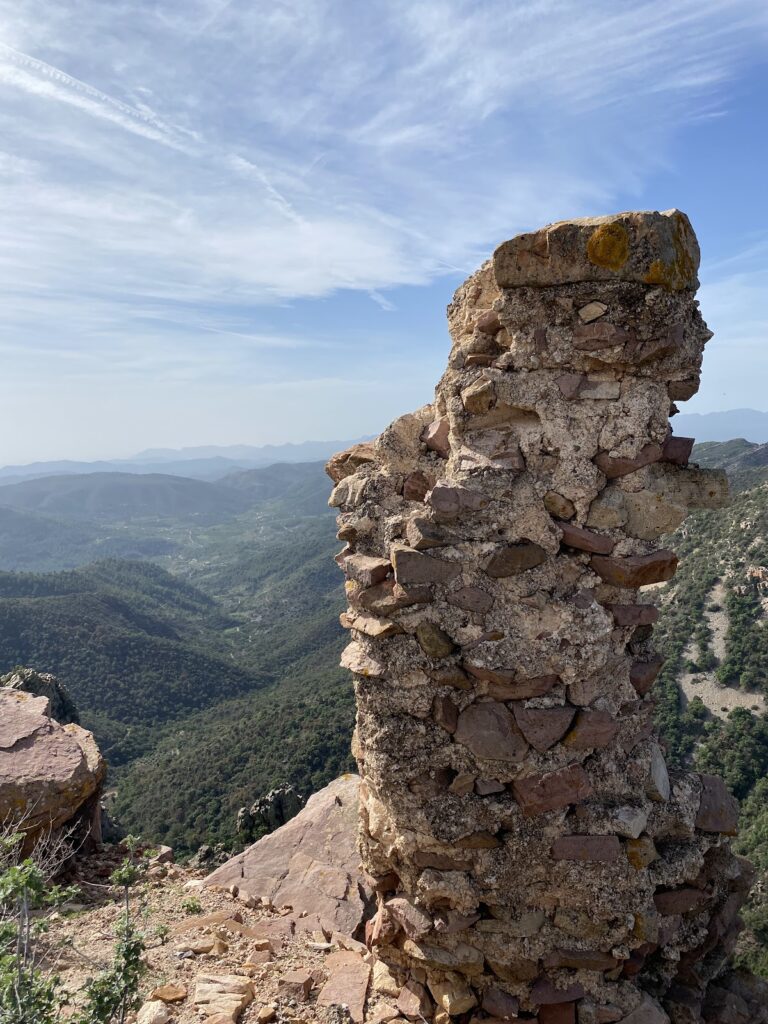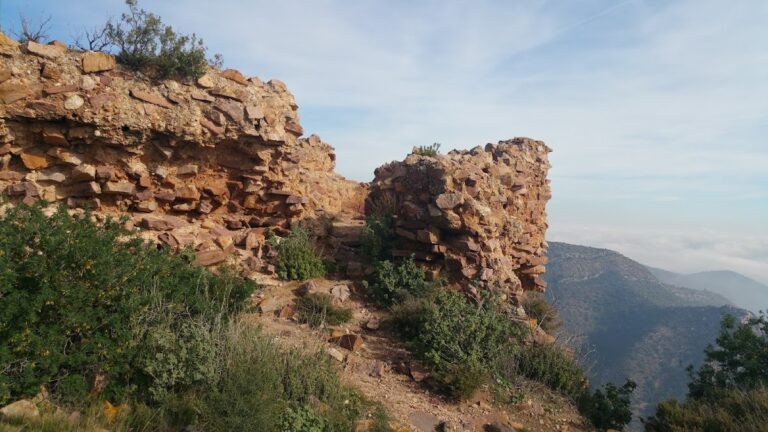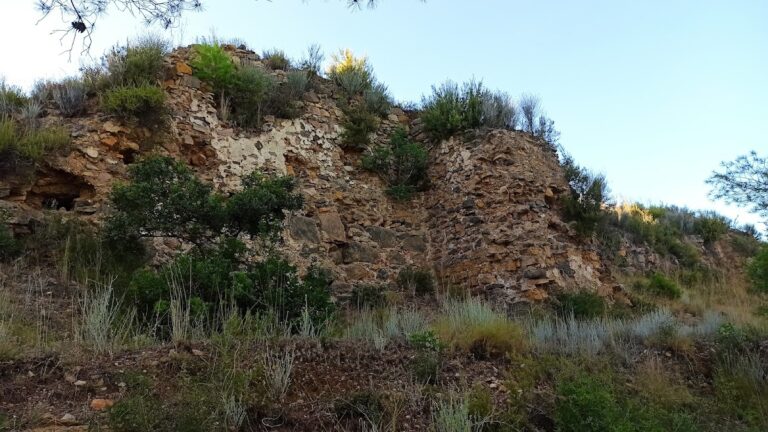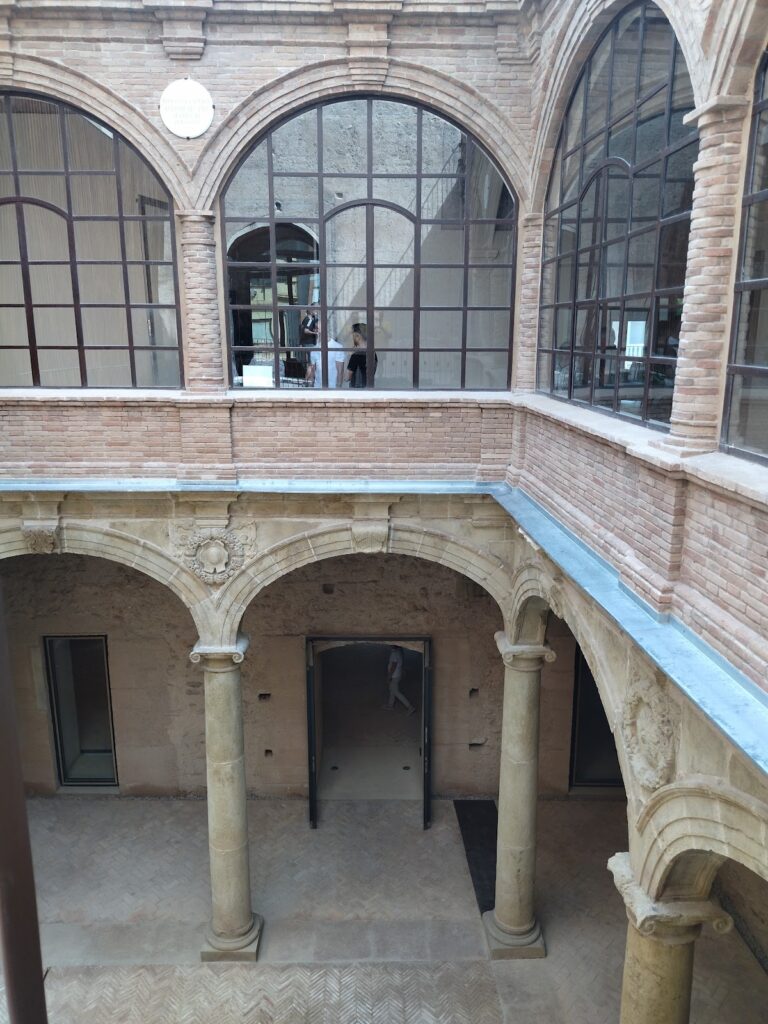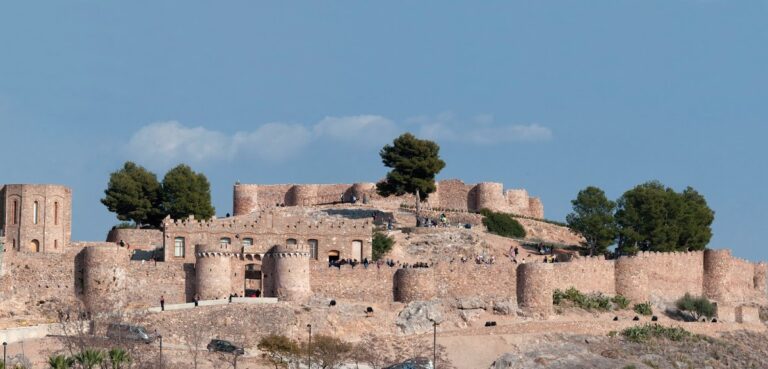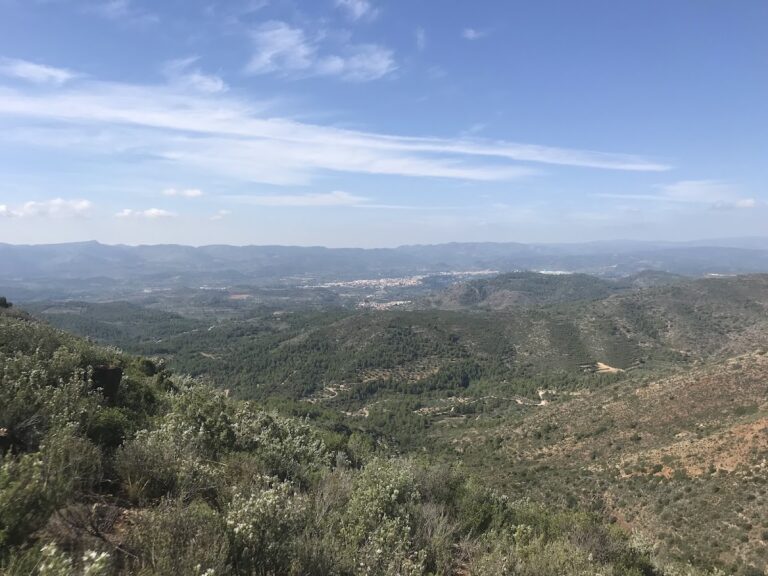Castle of Castro: A Historic Fortress in Alfondeguilla, Spain
Visitor Information
Google Rating: 4.7
Popularity: Low
Google Maps: View on Google Maps
Country: Spain
Civilization: Unclassified
Remains: Military
History
The Castle of Castro stands on the Serra d’Espadà within the municipality of Alfondeguilla, Spain. Its origins trace back to a time just before the medieval period, initially functioning as a watchtower built either by the Romans or the Punics. This early structure was linked to the nearby Castle of Sagunt and served primarily for observation and territorial control.
During the Muslim period, the site evolved into a significant fortress within the Islamic civilization that held sway over much of the Iberian Peninsula. The castle oversaw a broad area including a valley that took its name from the fortress itself, along with two dependent settlements—the alqueria of Castro and the raval of Benissabdó. Historical records and chronicles from this era highlight the castle’s role not just as a military bastion but also as an administrative and fiscal center under the Islamic aljama system, which organized local governance and taxation.
Following the Christian conquest, the Castle of Castro became integrated into the Kingdom of Valencia. One notable historical document, the 1277 charter issued by King Peter II, joined the municipal administration of Castro with that of Alfàndec under a single charter, revealing the political links between these communities. This arrangement later saw some adjustments towards partial autonomy.
A well-known local legend recounts a clever deception during a siege. Defenders of the castle were said to have become frightened and abandoned their post after attackers lit candles on goats’ horns, creating the illusion of incoming reinforcements. This tale underscores the fortress’s reputation for being difficult to capture.
In the 20th century, the castle’s keep, known as the Torre del Homenaje or the main tower, suffered destruction in July 1938 amidst the Spanish Civil War. Republican forces demolished it to prevent its use as a landmark for Francoist bombers, marking a significant loss in the site’s physical history.
Remains
The Castle of Castro occupies an area of about 2,000 square meters atop a rocky outcrop bordered by two deep ravines, called the Barranc de Castro to the east and the Barranc de l’Horteta to the west. This strategic location provided natural defenses, particularly on the western side where steep cliffs made approach virtually impossible. The eastern side features a series of man-made fortifications adapted to the terrain, including a rammed earth wall. This wall encloses the albacar, which is the outer ward or fortified enclosure of the castle.
The albacar served as a refuge for local inhabitants and is enclosed by three towers. Two of these are square in shape, positioned at the southern and northern points, while a round tower connects the eastern slope with the northern extension of the wall. Access to the albacar from the north is gained via a passage known as the Coll de Boix, which once provided controlled entry for people and goods.
Within the main castle, the layout divides into two distinct areas. The lower section is characterized by large natural rock formations that house the remains of ancient living spaces. Two prominent rocks here bear sets of carved marks, each with eight notches, which local tradition associates with recording eight military victories. Above this lies the upper part called the celoquia—a term derived from the Arabic Saluqya—covering roughly 400 square meters. This area contained residential quarters, storage cellars, and cisterns for water collection, illustrating the self-sufficiency of the castle’s occupants.
Entry from the albacar into the main castle was through a small doorway topped with a horseshoe-shaped arch, a common architectural feature during the Islamic period. The construction of the castle primarily employed tapial, or rammed earth, a technique involving compacting layers of earth to create sturdy walls.
Today, while the Torre del Homenaje no longer stands due to its demolition in the civil war, much of the defensive walls and towers remain visible. The remains tell a story of a fortress that skillfully combined natural topography and human engineering to protect its inhabitants and assert authority over the surrounding region.
